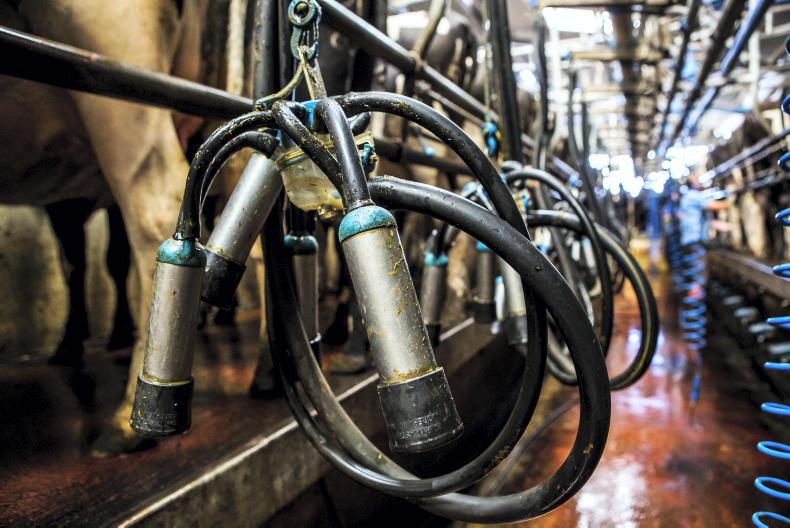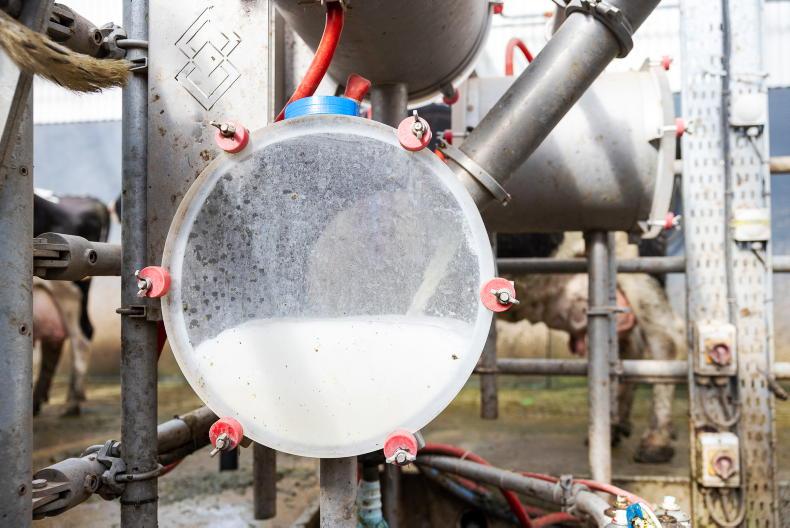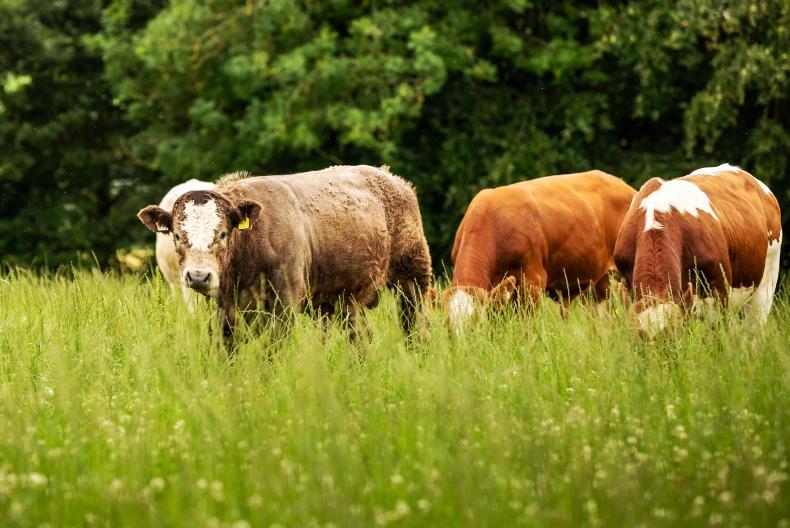Dairy farms with debt owed an average of €118,446 last year, the Teagasc National Farm Survey has revealed.
Teagasc also stated that debt on suckler farms increased by 24% on 2017 to €25,735 in 2018. However 70% of suckler farms have no debt at all.
There is a large variation of debt depending on the farm system, with 65% of farms having no related debt.
Sectors
One in three ‘Cattle Other’ farms, mainly finishers, had debt and the average was €37,119.
One in five (21%) of sheep farms had debt, with the average at almost €36,000.
Some 35% of tillage farms owed money last year, averaging €55,521 per farm.
Six out of 10 dairy farms had borrowings in 2018, compared to only two out of 10 sheep farms and three out of 10 cattle and tillage farms.
The average dairy farm income fell by 31% 2018, falling from €88,829 to €61,723. This was mainly due to difficult weather conditions, which increased production costs by 17%.
Feed costs on dairy farms jumped by 42% last year compared to 2017, with more than 1.3t/cow fed on average.
Investment
Dairy farmers invested €31,671 on average last year, the Teagasc survey showed.
This was half of all on-farm investment across all sectors last year and up 19% from 2017. It was one of the key drivers of dairy farm debt.
The vast majority of debt on dairy farms (81%) was classified as long-term (more than 10 years).
Suckler farms
The average family income on cattle rearing farms fell by 22% from €10,642 to €8,318 in 2018, which includes direct payments.
Brian Moran from Teagasc’s Rural Economy & Development Centre said: “The survey showed a level of pessimism amongst suckler farms.”
The suckler farming sector saw investment levels fall by 19% to €3,889 in 2018, Teagasc figures show.
This clearly illustrates a lack of investment within suckler farming as farmers are anxious about the future and sustainability of the sector.
Read more
Cheque in the post remains central to sheep sector viability
Yields down but incomes up 18% on tillage farms in 2018
Dairy farms with debt owed an average of €118,446 last year, the Teagasc National Farm Survey has revealed.
Teagasc also stated that debt on suckler farms increased by 24% on 2017 to €25,735 in 2018. However 70% of suckler farms have no debt at all.
There is a large variation of debt depending on the farm system, with 65% of farms having no related debt.
Sectors
One in three ‘Cattle Other’ farms, mainly finishers, had debt and the average was €37,119.
One in five (21%) of sheep farms had debt, with the average at almost €36,000.
Some 35% of tillage farms owed money last year, averaging €55,521 per farm.
Six out of 10 dairy farms had borrowings in 2018, compared to only two out of 10 sheep farms and three out of 10 cattle and tillage farms.
The average dairy farm income fell by 31% 2018, falling from €88,829 to €61,723. This was mainly due to difficult weather conditions, which increased production costs by 17%.
Feed costs on dairy farms jumped by 42% last year compared to 2017, with more than 1.3t/cow fed on average.
Investment
Dairy farmers invested €31,671 on average last year, the Teagasc survey showed.
This was half of all on-farm investment across all sectors last year and up 19% from 2017. It was one of the key drivers of dairy farm debt.
The vast majority of debt on dairy farms (81%) was classified as long-term (more than 10 years).
Suckler farms
The average family income on cattle rearing farms fell by 22% from €10,642 to €8,318 in 2018, which includes direct payments.
Brian Moran from Teagasc’s Rural Economy & Development Centre said: “The survey showed a level of pessimism amongst suckler farms.”
The suckler farming sector saw investment levels fall by 19% to €3,889 in 2018, Teagasc figures show.
This clearly illustrates a lack of investment within suckler farming as farmers are anxious about the future and sustainability of the sector.
Read more
Cheque in the post remains central to sheep sector viability
Yields down but incomes up 18% on tillage farms in 2018









SHARING OPTIONS